Community theaters once anchored American downtowns—places where generations gathered for entertainment, connection, and shared cultural experiences. While multiplexes and streaming services now dominate the landscape, remarkable historic venues have survived through passionate local preservation efforts.
These architectural treasures tell stories extending far beyond the films they screen—representing community resilience, artistic heritage, and the persistent human desire for shared experience. Here is a list of 14 small-town theaters that transport visitors to earlier eras while remaining vital community spaces today:
The Strand – Rockland, Maine
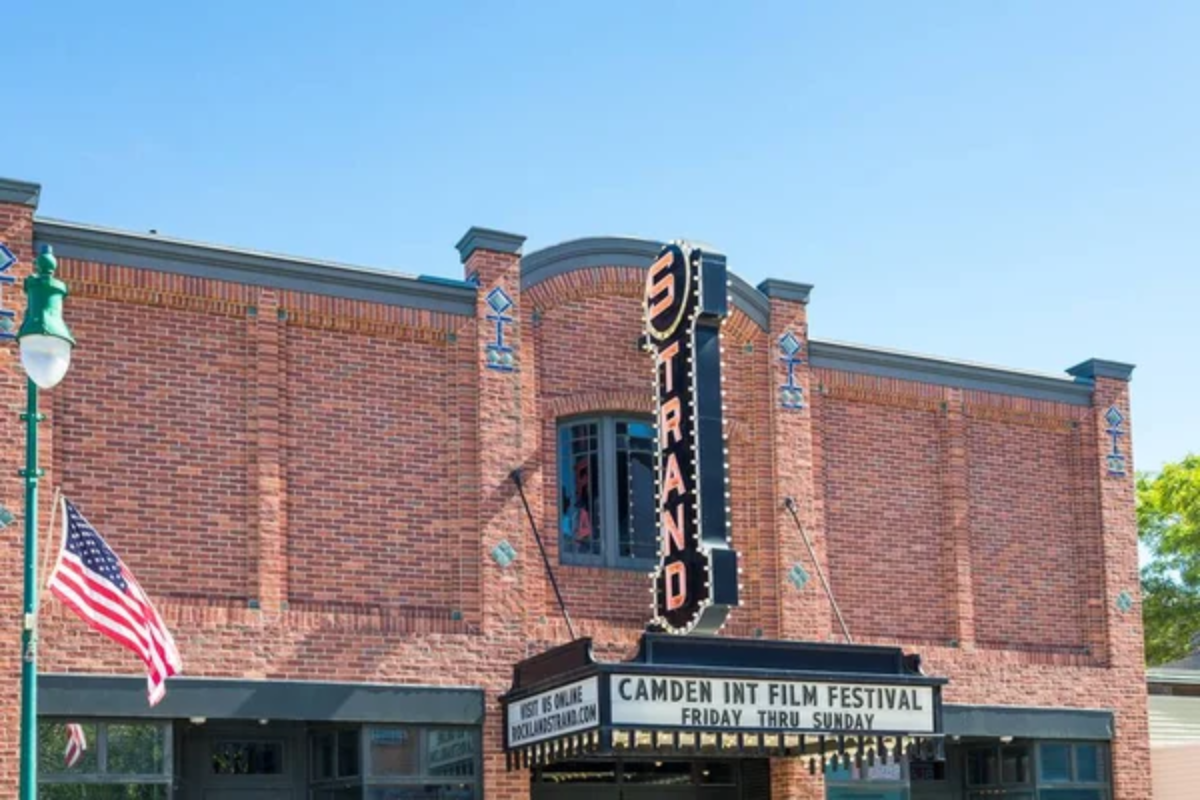
Occupying its prominent Main Street location since 1923, The Strand survived decades of changing entertainment trends through remarkable community dedication. Art Deco elements added during a 1950s renovation remain intact today—including the distinctive crimson marquee that brightens even the foggiest coastal evenings.
Local ownership ensures programming balances classic film screenings with live performances and community events that keep the venue relevant beyond tourist seasons. The theater serves as downtown Rockland’s cultural anchor, hosting film festivals and attracting international attention, while maintaining affordable tickets for regular community screenings.
Restoration work uncovered original ceiling murals hidden beneath decades of paint, now beautifully preserved for future generations.
The Historic Paramount – Austin, Minnesota
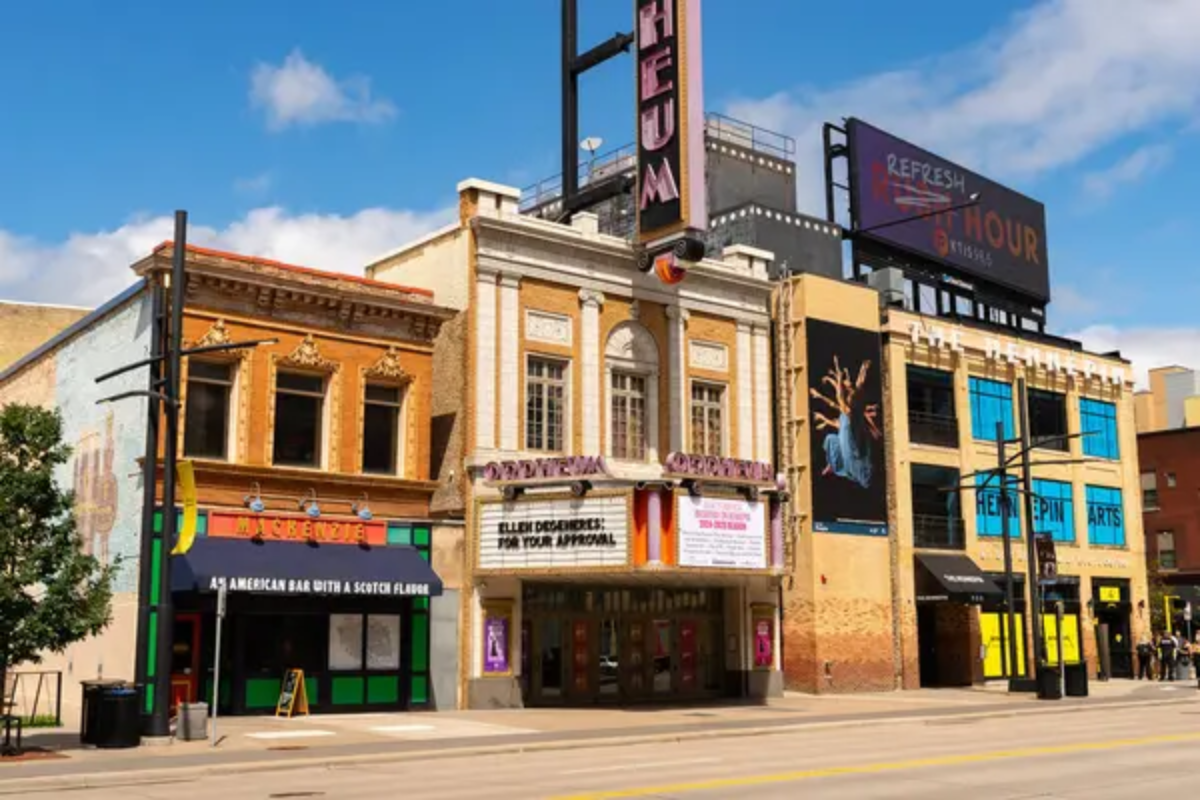
Initially opened for vaudeville performances in 1929, this atmospheric theater transports visitors back to an era when venues themselves created half the entertainment experience. The elaborate Spanish Colonial Revival architecture features ornately painted ceilings, creating the illusion of an outdoor Mediterranean courtyard—complete with twinkling stars appearing overhead during performances.
Community fundraising saved the building from demolition in the 1980s when many similar theaters disappeared nationwide. Modern projection equipment coexists with meticulously restored original features, including hand-painted lobby tiles and functional vintage candy counters.
The volunteer-operated theater maintains remarkably affordable pricing while hosting both film screenings and live performances throughout the year.
Like Travel Pug’s content? Follow us on MSN.
The Alger – Lakeview, Michigan
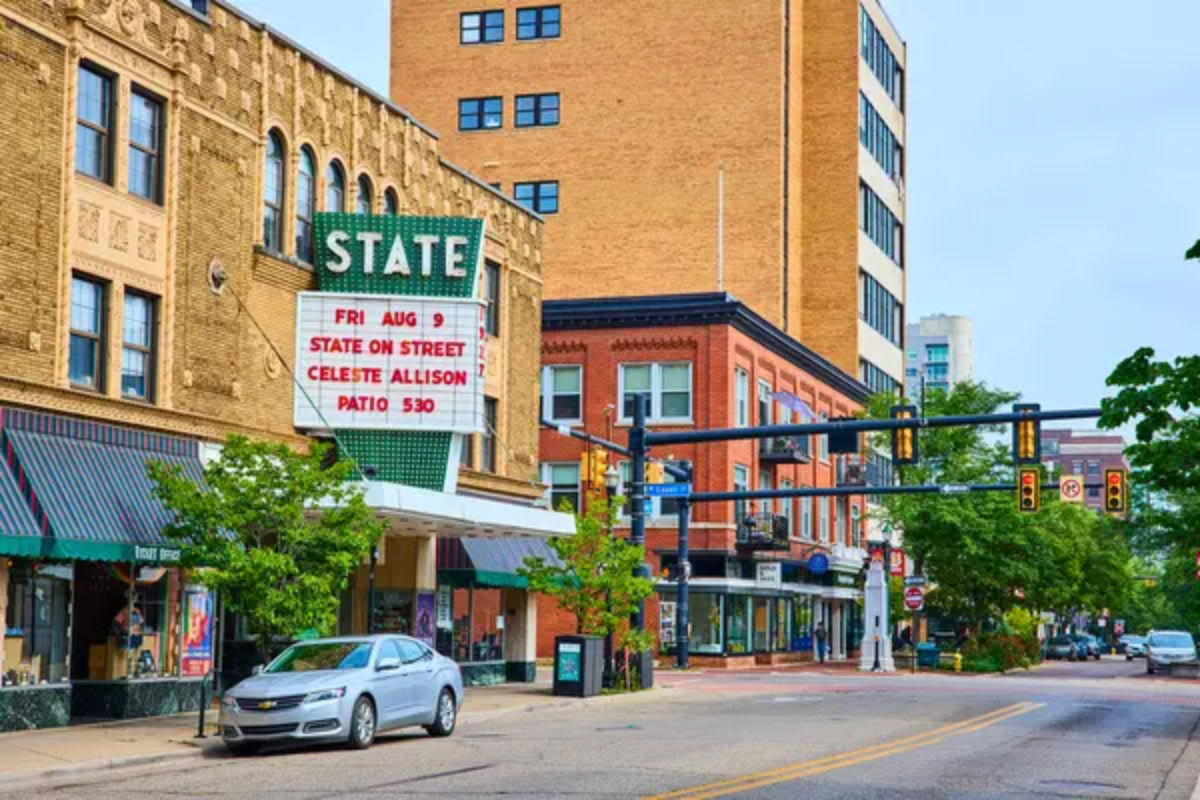
This remarkable Art Deco survivor stands as a testament to small-town determination—having weathered decades of economic challenges through community ownership rather than corporate chain acquisition. Opened in 1949, the distinctive green-and-cream façade with geometric patterns represents mid-century architectural optimism, which has been remarkably preserved through subsequent decades.
Original seating and projection equipment remain functional, alongside necessary modern updates that maintain the authentic vintage experience. Programming emphasizes family-friendly films at prices significantly below corporate theaters—continuing the founder’s belief that entertainment should remain accessible to all community members regardless of economic circumstances.
Multi-generational families often attend together, creating cinema experiences increasingly rare in contemporary society.
The Ellen Theatre – Bozeman, Montana

Rising five stories above Main Street, this Italian Renaissance Revival theater has anchored downtown Bozeman since 1919—transitioning successfully through silent films, talkies, live performances, and various ownership changes. Meticulous restoration returned the venue to its original glory after years of serving as office space—with volunteers painstakingly recreating damaged decorative elements using historical photographs as references.
The curved ceiling with ornate plasterwork creates remarkable acoustics that modern venues rarely achieve. Community programming emphasizes accessibility—with ticket prices deliberately kept affordable through nonprofit management focused on cultural preservation rather than profit maximization.
Regular silent film screenings feature live accompaniment on the restored Wurlitzer organ, creating authentic cinematic experiences impossible elsewhere.
The Catlow – Barrington, Illinois

This Spanish courtyard-inspired atmospheric theater opened in 1927 and remarkably remains operated by descendants of the original founding family—creating century-long continuity rare in any business. Original architectural details survive intact, including elaborate wall sconces, decorative ceiling beams, and distinctive Spanish tile work throughout the lobby.
The theater pioneered creative survival strategies when multiplexes threatened independent cinemas—adding food service directly to seating areas decades before larger chains adopted similar approaches. Community investment through a successful crowdfunding campaign recently upgraded projection equipment while preserving vintage elements that create the venue’s distinctive character.
Regular patrons develop personal connections with staff who maintain traditional hospitality practices largely abandoned by corporate theaters.
Like Travel Pug’s content? Follow us on MSN.
The Kentucky Theatre – Versailles, Kentucky
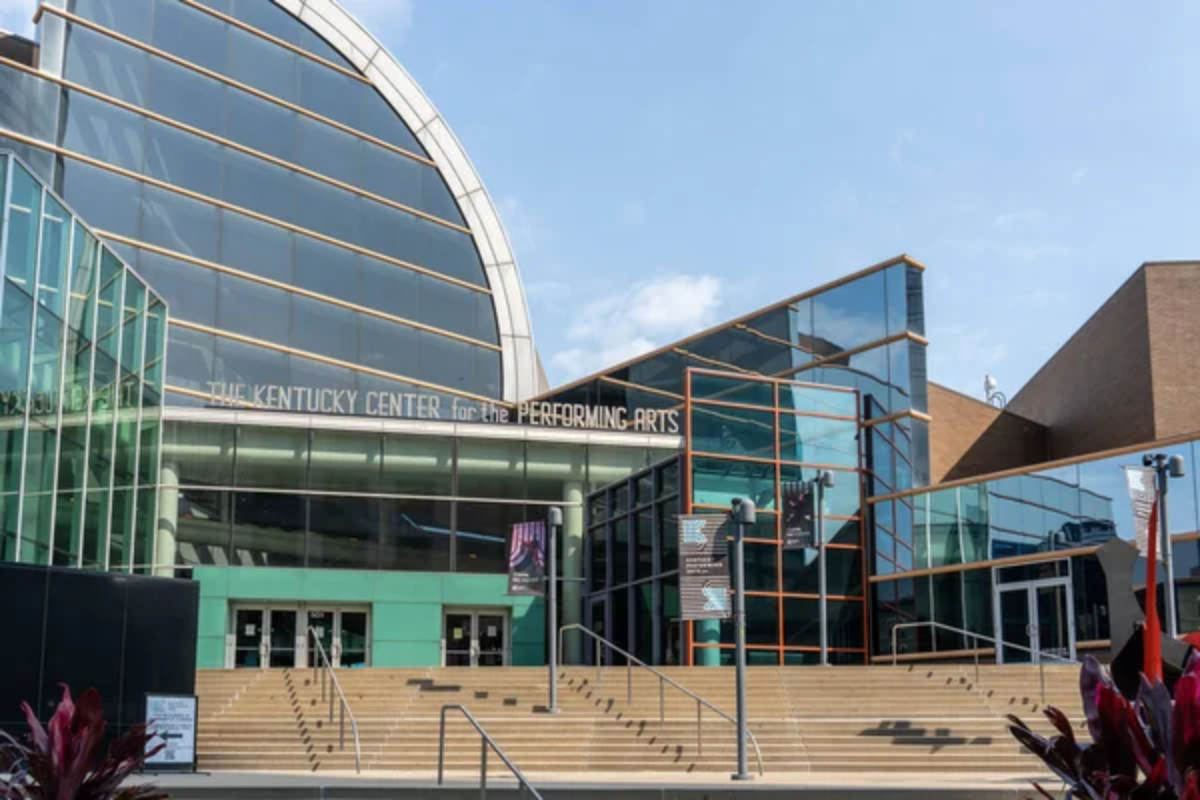
Though serving a town of just 9,000 residents, this 1926 gem maintains programming quality typically found only in much larger communities. The distinctive blue-and-white Art Deco façade creates an immediately recognizable downtown landmark visible for several blocks.
Original architectural details survive remarkably intact despite several ownership transitions—including ornate ceiling medallions, brass fixtures, and decorative seat end panels featuring Kentucky bluegrass motifs. Community ownership through a nonprofit preservation group ensures decisions prioritize cultural significance alongside necessary business considerations.
Regular midnight screenings of classic films draw attendees from surrounding communities—creating shared cultural experiences increasingly rare in rural areas where independent theaters have largely disappeared.
The Artcraft – Franklin, Indiana
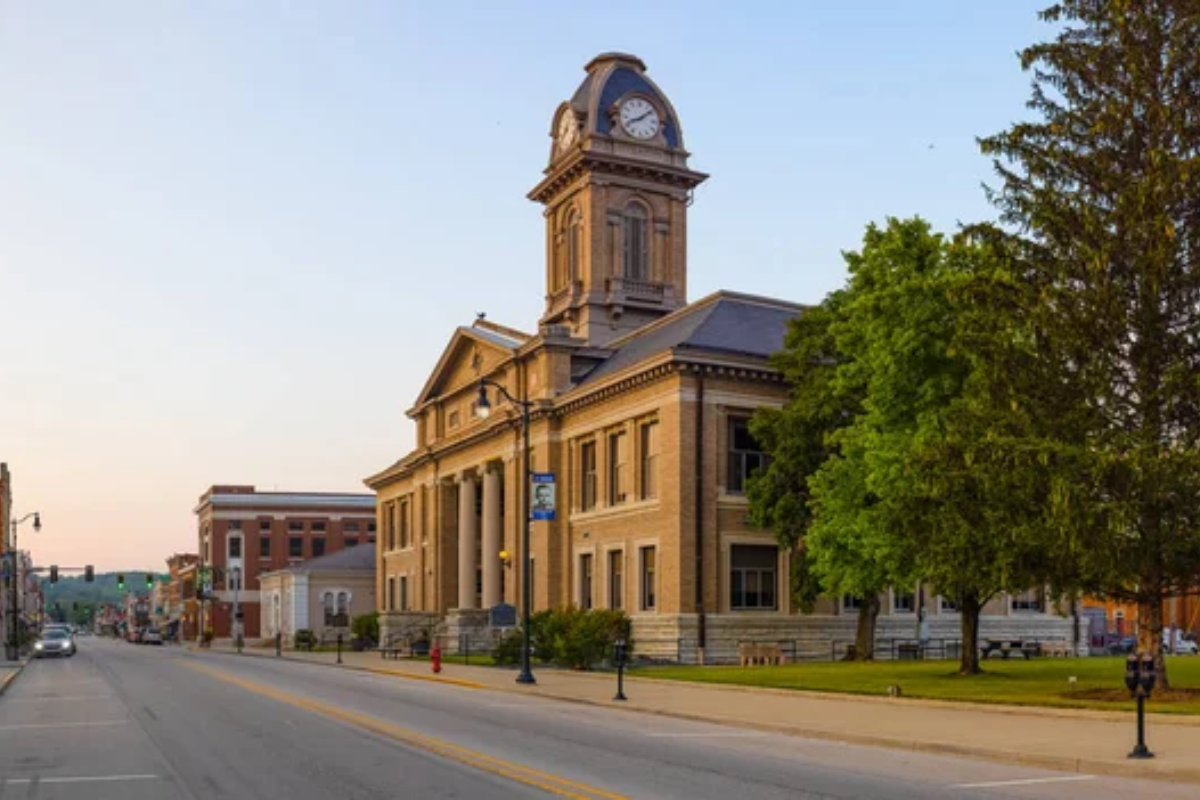
Operating continuously since 1922, The Artcraft maintains both architectural integrity and cultural relevance through dedicated community stewardship. The meticulously preserved terracotta exterior creates a distinctive downtown presence, while interior features, including original painted ceiling panels, remain remarkably intact.
Volunteers handle everything from ticket sales to projection, creating multigenerational connections as experienced operators train newcomers in both technical skills and theater traditions. Programming emphasizes community involvement through regular events where audience participation transforms passive viewing into active shared experiences.
Restoration efforts specifically preserved accessibility features added throughout the theater’s century of operation—creating physical spaces where community history remains visible through thoughtful preservation choices.
The Luna – Clayton, New Mexico
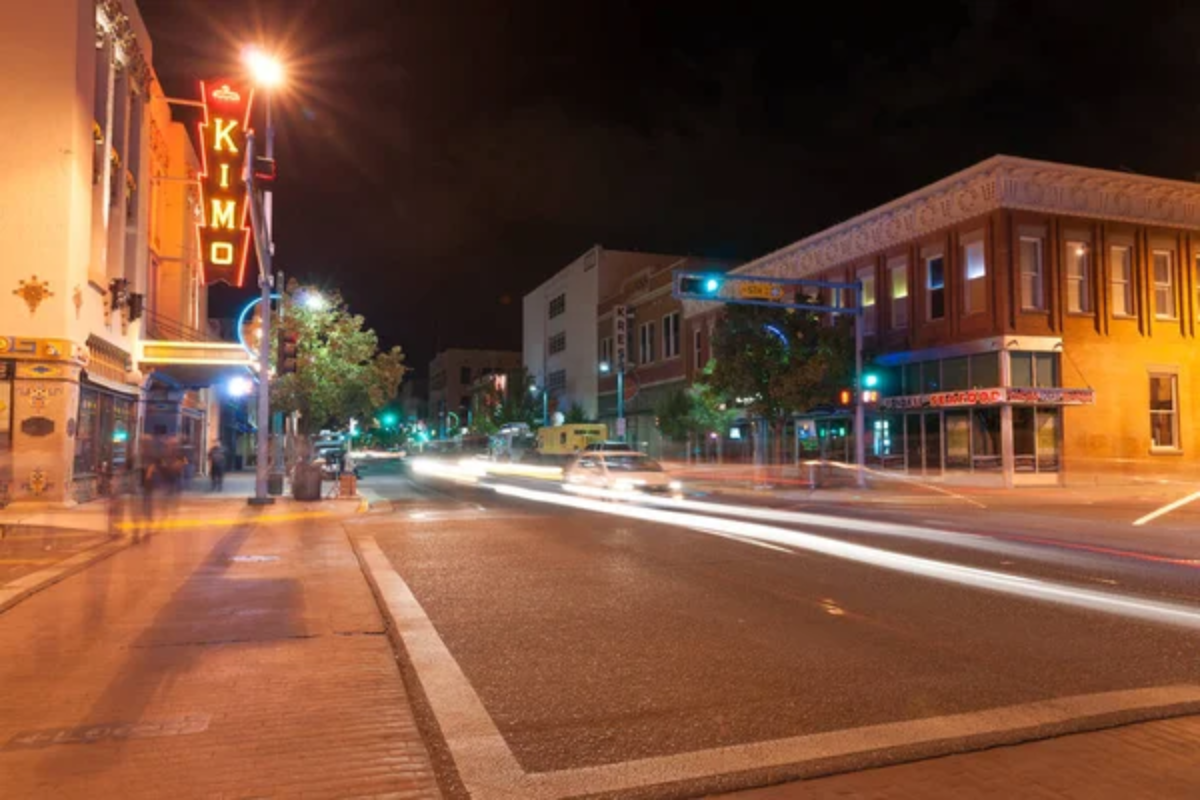
This 1916 theater survived decades of economic challenges through remarkable community determination—now operating as both a cinema and performing arts center in a town of just 3,000 residents. Original architectural elements, including pressed tin ceilings and hand-painted lobby murals, remain beautifully preserved through careful restoration efforts.
Distinctive southwestern design influences throughout the venue reflect regional cultural heritage rather than mass-produced theater plans used elsewhere during the same period. Modern programming maintains historical continuity through regular silent Western film screenings that connect current audiences with the region’s filmmaking heritage dating back to early Hollywood productions.
Multi-generation volunteer teams ensure operational knowledge transfers between community members rather than disappearing when individual proprietors retire.
Like Travel Pug’s content? Follow us on MSN.
Sunset Theatre – Asheboro, North Carolina
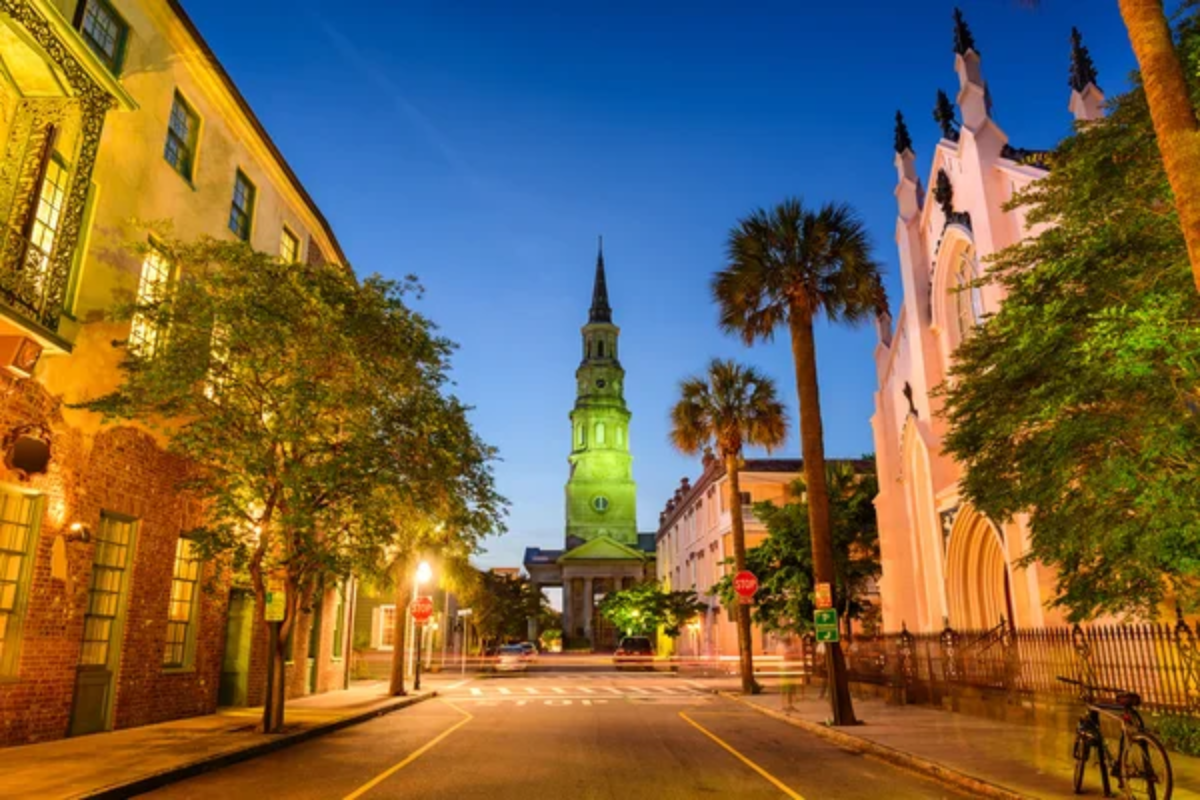
Standing three stories tall at the heart of downtown, this 1930 Art Deco masterpiece survived decades of changing entertainment trends through community persistence rather than corporate support. The vertical neon-lit tower creates a beacon visible throughout downtown—continuing the original design intention to draw pedestrians toward the entertainment district.
Restoration revealed original ceiling murals hidden beneath subsequent renovations—now preserved alongside other period-appropriate details that maintain historical authenticity. Programming emphasizes community accessibility through significantly lower pricing than corporate multiplexes—continuing the theater’s tradition of remaining available to all town residents regardless of economic circumstances.
Regular classic film screenings feature brief historical introductions by local historians, creating educational context alongside entertainment value.
The Ohio Theatre – Madison, Indiana
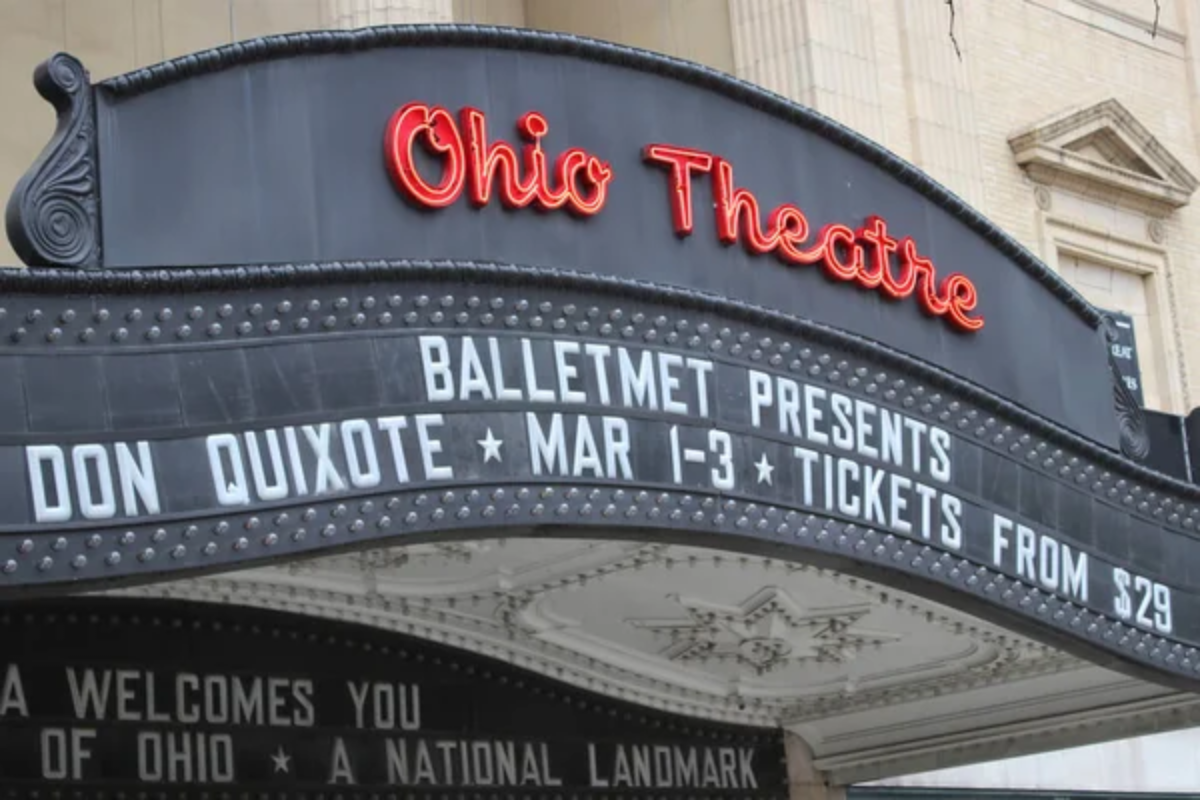
Overlooking the Ohio River from its prominent downtown location, this 1938 Streamline Moderne theater represents both architectural preservation and community cultural resilience. The curved white façade with distinctive horizontal lines creates an immediately recognizable river-front presence in this historic town.
Original interior features, including hand-painted ceiling medallions and curved walls symbolizing movement, remain intact through careful preservation efforts spanning multiple decades. Volunteer projection teams maintain both digital equipment and vintage film projectors—allowing authentic presentation of both contemporary releases and classic films as originally intended.
Programming emphasizes local connection through regular screenings of films shot in the region alongside mainstream offerings that provide essential revenue for ongoing preservation.
Washoe Theatre – Anaconda, Montana
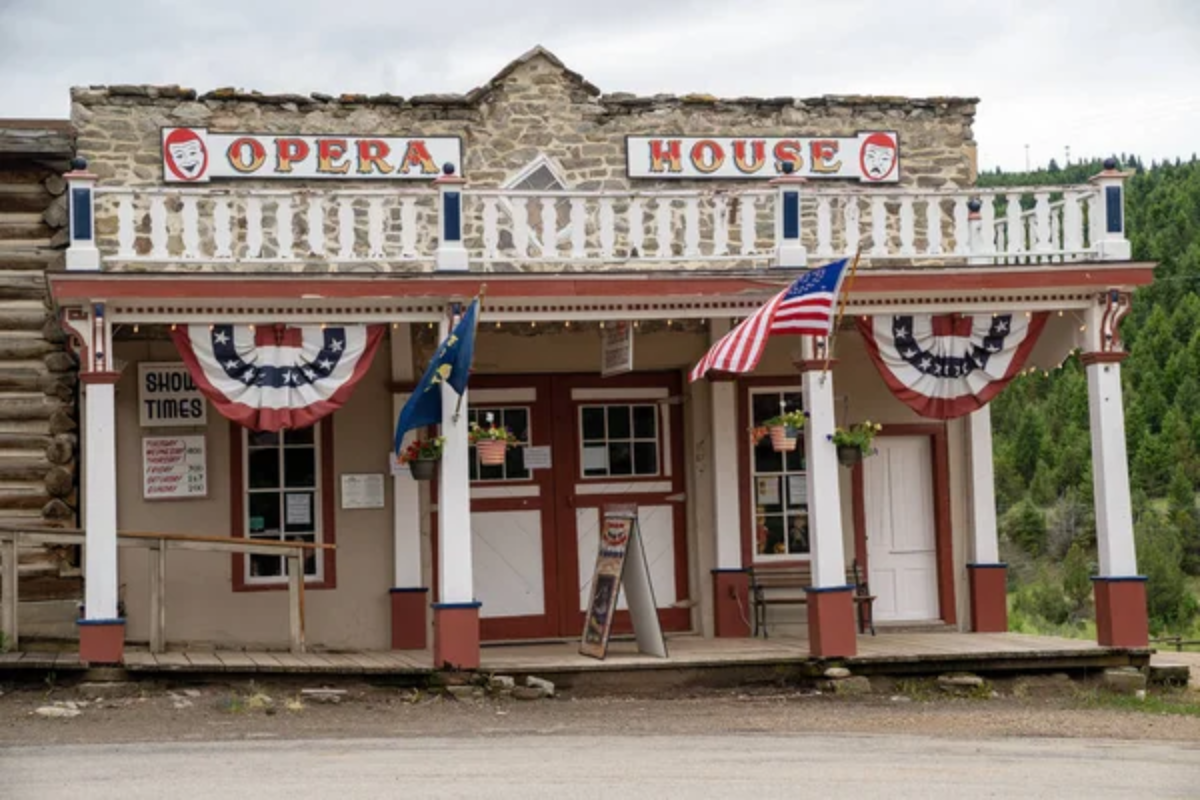
This extraordinary 1936 Art Deco masterpiece stands among America’s most elaborately decorated surviving theaters—featuring hand-painted murals, etched glass panels, and silver and copper leaf detailing referencing the region’s mining heritage. Original silk damask wall coverings remarkably survive throughout the auditorium, creating acoustic properties and visual impact impossible to reproduce with modern materials.
Community ownership through a preservation foundation ensures decisions prioritize historical significance alongside necessary modernization. The fully functional vintage carbon arc projectors remain operational for special screenings, creating authentic cinematic experiences that are increasingly rare nationwide.
Regular programming includes community education about architectural preservation—creating a broader appreciation for the venue’s cultural significance beyond its entertainment function.
Like Travel Pug’s content? Follow us on MSN.
The Abbeville Opera House – Abbeville, South Carolina

Though primarily known today for theatrical productions, this 1908 venue maintains original film projection capabilities, creating unique programming versatility. The distinctive Second Empire architecture features elaborate brickwork and dramatic arched windows, creating an immediate visual impact from Abbeville’s historic town square.
Original hemp-rope rigging systems remain functional alongside modern theatrical equipment—allowing authentic production techniques alongside contemporary capabilities. The restored hand-painted curtain advertising local businesses from 1928 remains raised before each performance—connecting current audiences with previous generations who experienced entertainment in the same physical space.
Community volunteers maintain both building and programming, creating intergenerational connections through shared stewardship of this cultural landmark.
The Avon – Stamford, Connecticut

Operating continuously since 1939, this distinctive Art Deco venue successfully transitioned from mainstream releases to art-house programming that supports continued independent operation. Original architectural elements, including the stepped façade design and distinctive round windows, create an immediately recognizable street presence.
The curved lobby walls and geometric ceiling designs remain intact through careful restoration efforts prioritizing historical accuracy alongside necessary modernization. Programming emphasizes international cinema rarely screened elsewhere in the region—creating cultural connections extending far beyond typical small-town theatrical offerings.
Regular director discussions following screenings transform passive viewing into active cultural engagement for community members who might otherwise lack access to such experiences.
The Niles – Fremont, California

This 1913 Beaux-Arts theater maintains both architectural significance and cultural relevance through specialized programming connecting audiences with early cinema history. Original ornate plasterwork featuring classical motifs remains remarkably well-preserved throughout public areas—creating an authentic period atmosphere increasingly rare in surviving theaters.
Weekly silent film screenings feature live piano accompaniment on the original instrument—creating authentic cinematic experiences matching those enjoyed by previous generations in the same physical space. The adjacent museum displays vintage projection equipment demonstrating technological evolution throughout cinematic history.
Community ownership through a preservation foundation ensures decisions balance historical significance with necessary adaptations for continued operation.
Like Travel Pug’s content? Follow us on MSN.
Shared Light, Shared Stories
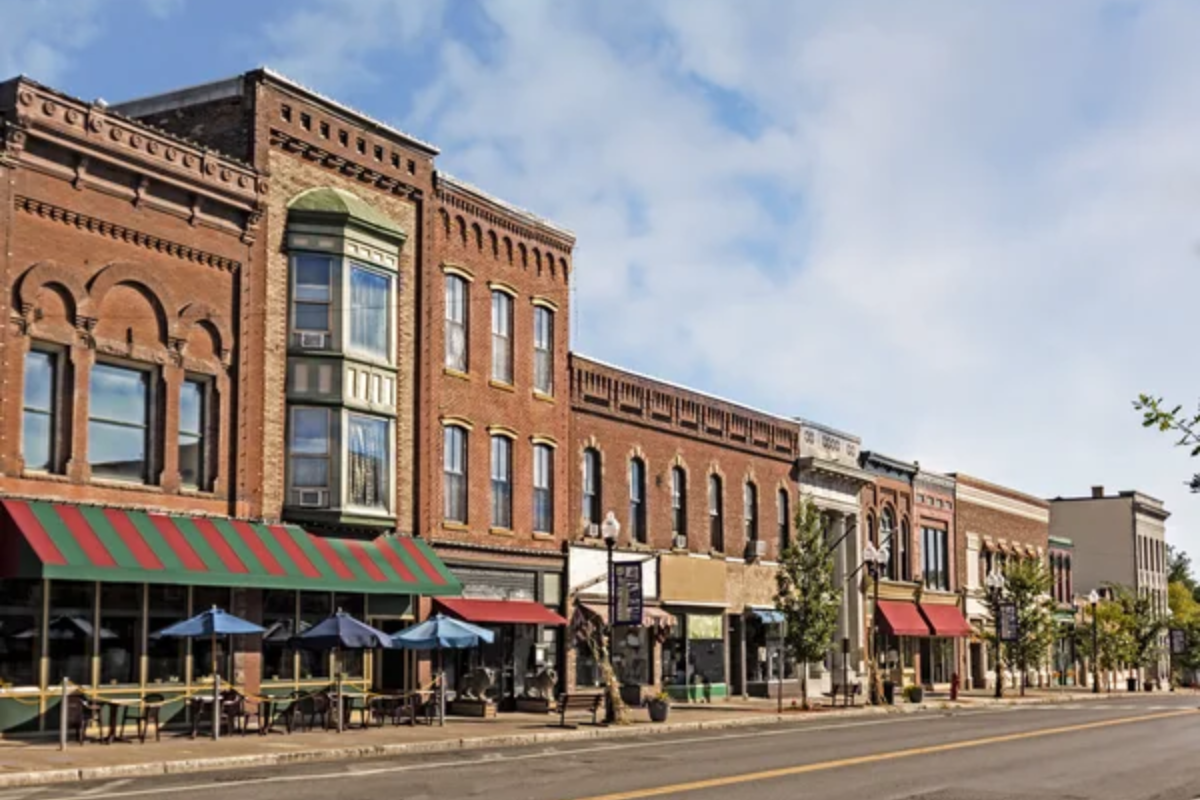
These architectural treasures represent more than mere buildings—they embody cultural continuity through spaces where communities continue gathering as they have for generations. While entertainment delivery systems continuously evolve through technological advancement, these venues remind us that shared experience creates connections impossible to replicate through individual viewing, regardless of screen quality.
The communities preserving these theaters understand something essential about the human experience—that stories matter more when experienced together in places specifically designed for collective engagement with narrative art forms.
More from Travel Pug

- Cities Growing so Fast You Won’t Recognize Them in 10 Years
- 13 Destinations Where Tourists Regularly Regret Their Trip
- 16 U.S. Cities That Are Quietly Becoming Travel Hotspots
- Where to Travel If You Love Long Bus Rides and Daydreams
- 20 Cities Perfect for Solo Travelers Who Crave Adventure & Culture
Like Travel Pug’s content? Follow us on MSN.
